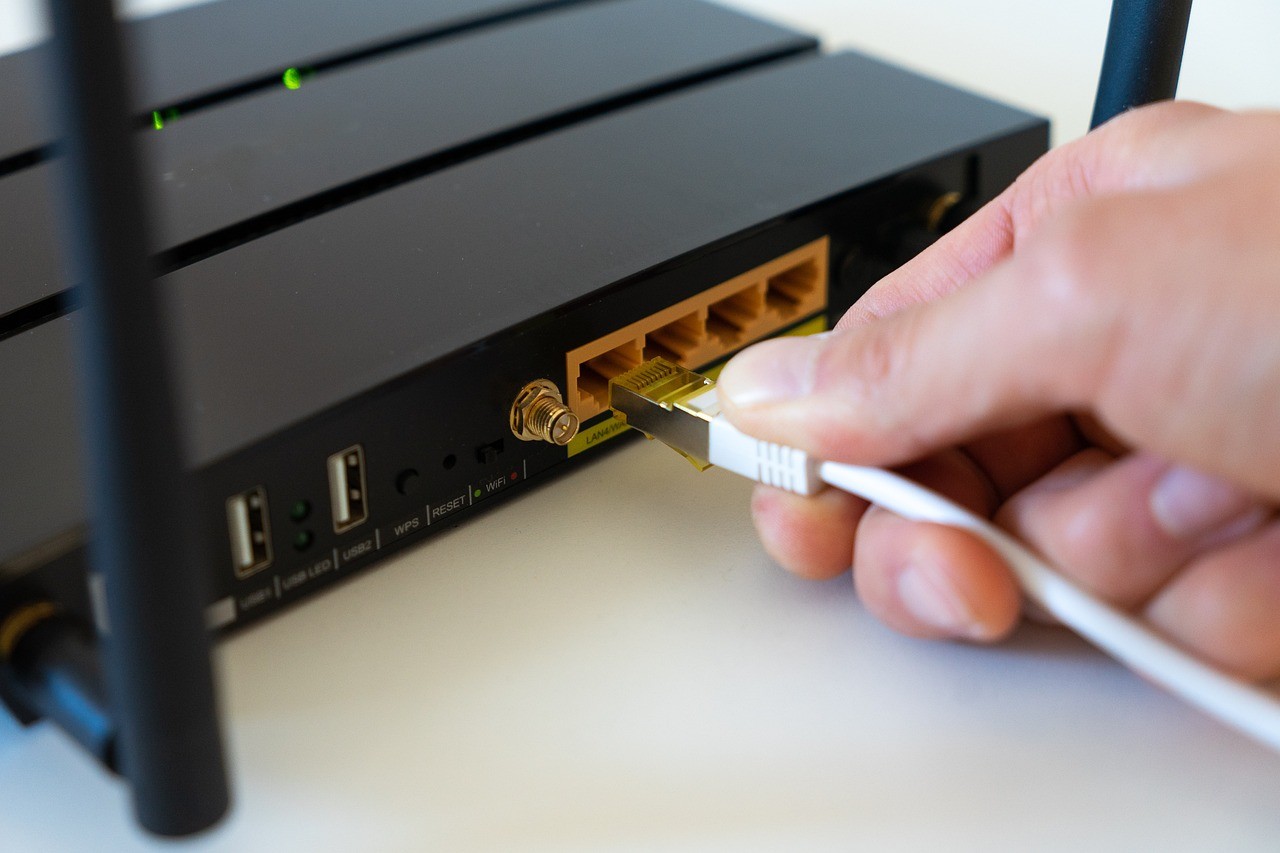Doors locks are extremely important. So important, that you would be hard-pressed to find an inhabited home that doesn’t have one. Although locks are in abundance, situations may arise where you would need to lock a door without using one.
This could be for lots of different reasons, some of which might be a temporary emergency situation. Whatever the case, it’s important that you know how to lock a door without a standard deadbolt. Use the information provided to find this out and more. Let’s begin!
Keep a Door Secured Without Using Locks – Is it Possible?
1. Locking a Door with a Fork
If you need a quick way to lock your door and have little to no of the product shown hereafter, using the fork method is the best option. The advantage here is that you probably already have a fork lying around. Pretend that the deadbolt on your home’s door is broken by unlocking it. A person could easily open the door by simply pushing it.
To stop this from occurring, take a fork and cut it about 1 1/2 of an inch from the base. A hammer can help speed up this process by bending it until it snaps off.
Once that’s done, get a tape measure or other object for gauging measurement (your fingers if necessary) until you get the length that the fork’s teeth will fit in the deadbolt’s strike.
To clarify, a strike is a hole that the deadbolt typically goes in when the door is locked.
Once you have that measurement, bend the teeth of the fork at the stop point until it rests at a 90-degree angle. The fork should stick out of the door. Finally, take the stem of the fork that you cut earlier and slide it through the fork’s teeth that are protruding out from the post. If done correctly, the door will be difficult for someone to open from the outside. Have a family member or friend help you with this by asking them to pull on the door.
2. Barricade a Door From the inside
You can barricade a door with lots of objects. The easiest and most obvious are heavy pieces of furniture such as dresser drawers, grandfather clocks, or china cabinets. The heavier, the better. You probably don’t want to try this alone, so consider getting help if you insist on trying this out. Push the furniture to the door as close as you can get it.
To prevent the furniture from sliding if someone attempts to push it, use a makeshift wedge by placing old shoes under the furniture.
However, you probably won’t have to worry about sliding if the furniture piece is significantly heavy. You’ll get a good workout, but your door will be hard for an outsider to force open.
3. Build it with Household Items
For this suggestion, you can use everyday items to create enough stopping power to hold back the door from an intruder. First, find a chair that you don’t care about getting a bit chipped at the top. You can place this under the door, a method commonly used as a quick way to secure cheap doors from unwanted entry. Then there’s rope.
This could be anything from shoelaces, cable wire, or even old pieces of clothing that stretch. Tie it around the knob and secure it with a nearby nail. If that’s unfeasible, jamming a foreign object into the knob itself is also a 50/50. If you try this, the door must remain with a deadbolt in the strike plate so consider the other options first.
4. Get a Door Security Bar
As when stated earlier, a door security lock can be drilled into the nearby wall/post of your door and locked. Alternatively, you could get one that rests directly underneath your door’s knob. The first is better in the sense that you always have it ready to go if your deadbolt isn’t working. You’ll have to do some dripping to assemble but if it’s something you need, it’ll be worth the effort.
The other requires no assembly to work but is just as reliable. While the former can hold the door better, Floor and knob security bars can travel with you and be placed under any door that you want, as it’s needed. Try out the bar that must be assembled if you can, since they can outright replace a deadbolt if need be (or be used as a final layer of security if someone breaks in all other locks).
5. Portable Door Locks
Portable door locks are useful for travelers. Let’s say that you have an upcoming reservation at an Airbnb in a foreign country that you’ve never visited before. While you probably would have no problems, a portable door lock can help prevent unwanted access to the occupied room while you’re inside.
It can be a door jammer or a wedge that’s placed underneath the threshold of the door. If someone attempts to push the door open, the jammer/wedge will counteract by applying the ground’s force to the door, preventing it from being opened.
But these sorts of locks are useful at home as well, particularly for doors that are cheaply made or have flimsy deadbolts. Jammers are strong enough to prevent an intruder from entering if the deadbolt were broken. And since they can’t be seen from the other side, anyone attempting a breaking and entering wouldn’t even know what was there.
Here are some portable door locks for you to try out:
Addalock the Original Portable Door Lock
Remember the fork method that was described earlier? The Addalock uses the same technique in a more professional form.
It’s a metal strip that’s wedged into the door’s strike plate, then closed and reinforced with a plastic red piece.
If someone tries to open the door, not only will they not be able to, but no damage will occur to the Addalock.
The advantage here is speed since the metal lock covers the strike quickly. Try a few practice runs and you’ll be able to get its locking technique down in just a few seconds.
DoorJammer Portable Door Lock Brace
You can place the DoorJammer directly on the edge of your door, just over the threshold at the bottom. The jammer is braced by the floor itself so someone trying to open it will feel the weight of the ground when attempting to push.
DoorJammer is ideal for either carpeted or hard floors, it makes no difference. Door reinforcement locks must be built with speed in mind as well, and this one is fast to post since no screwing is needed; just slip it in place and that’s it.
Defender Security U 10827 Door Reinforcement Lock
Satin Nickel U is distinguishable from the other four locks in that it’s more of a permanent solution than a temporary one.
You’ll have to drill this into your door and post but it serves as a quicker way to lock up than a deadbolt does.
Just pinch the top of the lower sides to free the latch, then turn to either lock up or unlock as needed.
Securing the door from the outside
Before going into the way to create a makeshift lock, here are a few things that you’ll need to have laying around to successfully do all of the steps:
1. Kitchen Fork
You won’t be able to keep a door locked with a plastic one, either. We’re talking about an ordinary piece of fork silverware in your kitchen. Try to find a fork or two that you don’t care about getting damaged; it doesn’t have to be anything fancy.
2. Nearby Heavy Objects
You don’t have to move anything when doing this, but to ensure that you can move something near the door to secure it if need be, look to see if there are any large pieces of furniture near the entrances to your home or apartment.
3. Door Security Bar
Door security bars can be permanent fixtures that are fastened to a door’s post or work at a temporary jamming device that’s placed on the doorknob at an angle that prevents it from moving. Quite frankly, it’s an emergency item that more households should have around.
4. Portable Door Locks
They come in all shapes and sizes. Because of the abundance of temporary portable locks, a more extensive description of them will be detailed later.
Summary
As you can see from the many ways presented for residents to lock their doors, there are all sorts of creative ideas and inventions to make your home more secure. The suggestions, items, and products shown here are not 100% fail-safe. Common sense and awareness of your surroundings will save you before a lock will.
Always lock your doors when going inside or outside of your home. Never give away your keys to other people. And when in doubt, use one of the locking techniques shown if you have reason to believe that someone has unauthorized access to your house/apartment. You can never be too cautious, get creative, and take away your faith in a singular deadbolt!



